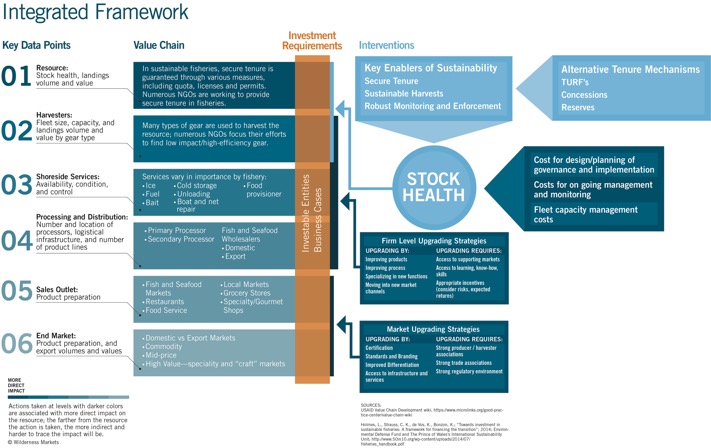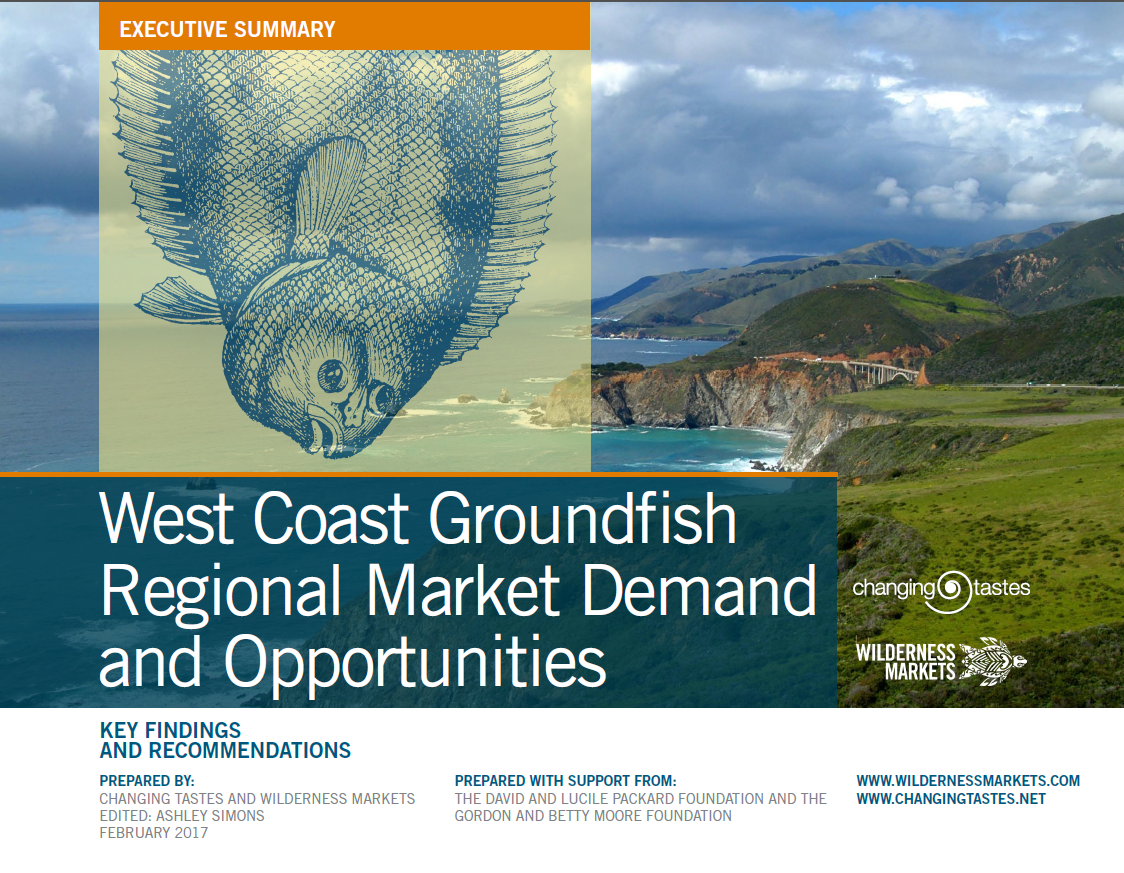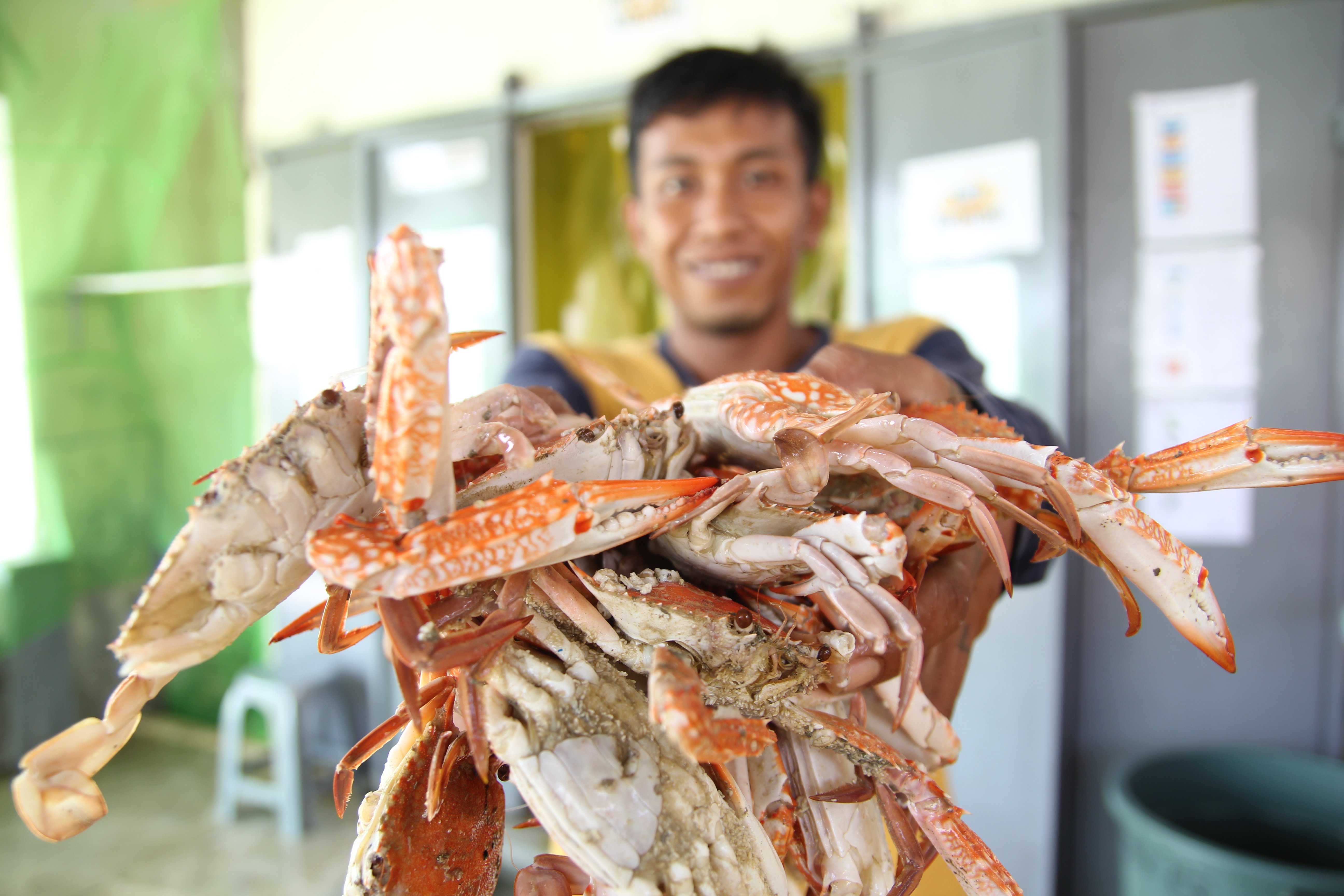Sustainable Fisheries Finance – An Integrated Value Chain Approach (Part 1)
As our need for the oceans to provide us with food and livelihoods increases, the sustainability of fisheries becomes increasingly vital. One of the key components of fisheries value chain sustainability is the long-term economic sustainability of the fishermen. Without proper conditions to allow organizations to innovate and scale, economic, ecological and social returns are even more difficult to realize.
Wilderness Markets, with the support of the David and Lucile Packard Foundation and the Gordon and Betty Moore Foundation, undertook a series of fishery value chain assessments to better understand the opportunities and constraints for private impact capital to flow into wild capture fisheries markets
Over the course of 220 interviews, we assessed four developing country fisheries (DCFs) in two countries and one fishery in the U.S. Each fishery we assessed provided a piece of a larger puzzle, allowing us to identify the components of a sustainable seafood value chain and its relationship to stock health, which in turn, drives value chain health. We present this value chain as an “Integrated Framework” below.
A number of lessons may be taken from this framework:
- Stock Health is positively impacted by the “Key Enablers of Sustainability”, but not by value chain interventions.
- In reality, our findings indicate that in the absence of the Key Enablers, value chain dynamics, no matter how well intentioned, result in higher rates of stock depletion
- Firm level and market level upgrading strategies are unlikely to result in stock health improvements in the absence of the Key Enablers
- The majority of Developing Country Fisheries do not have any investable mechanism at the resource level in which to invest
- The majority of Developing Country Artisanal Fisheries (as opposed to Industrial) are further challenged due to the lack of investable entities and legal recognition of fishers / harvesters, with Shoreside Service (03) providers as the first legally recognized entity in the value chain – not the harvesters (02).
We will explore what this means (including how Fisheries Improvement Plans or FIPs link into this) in a series of upcoming posts. We welcome your comments and inputs to this discussion.

![file_mar_01__6_10_06_pm[1] Harvester Cooperative Organizing](https://www.wildernessmarkets.com/wp-content/uploads/file_mar_01__6_10_06_pm1.jpg)






Leave a Reply
Want to join the discussion?Feel free to contribute!